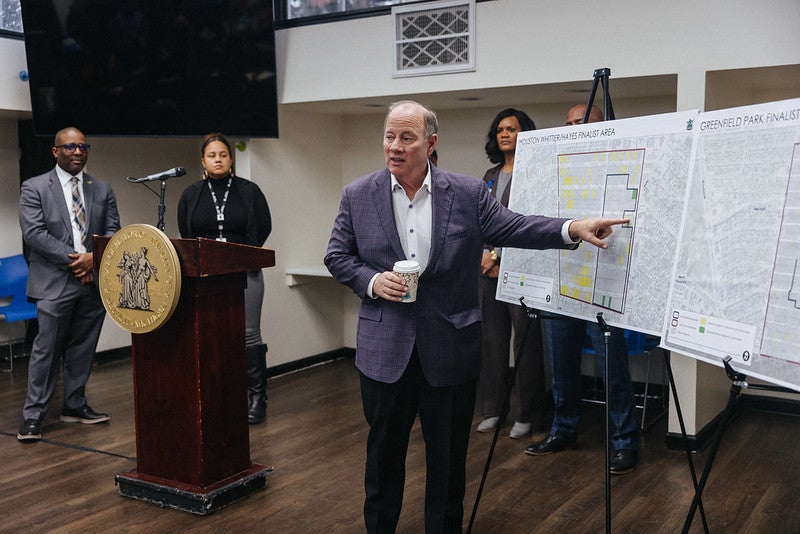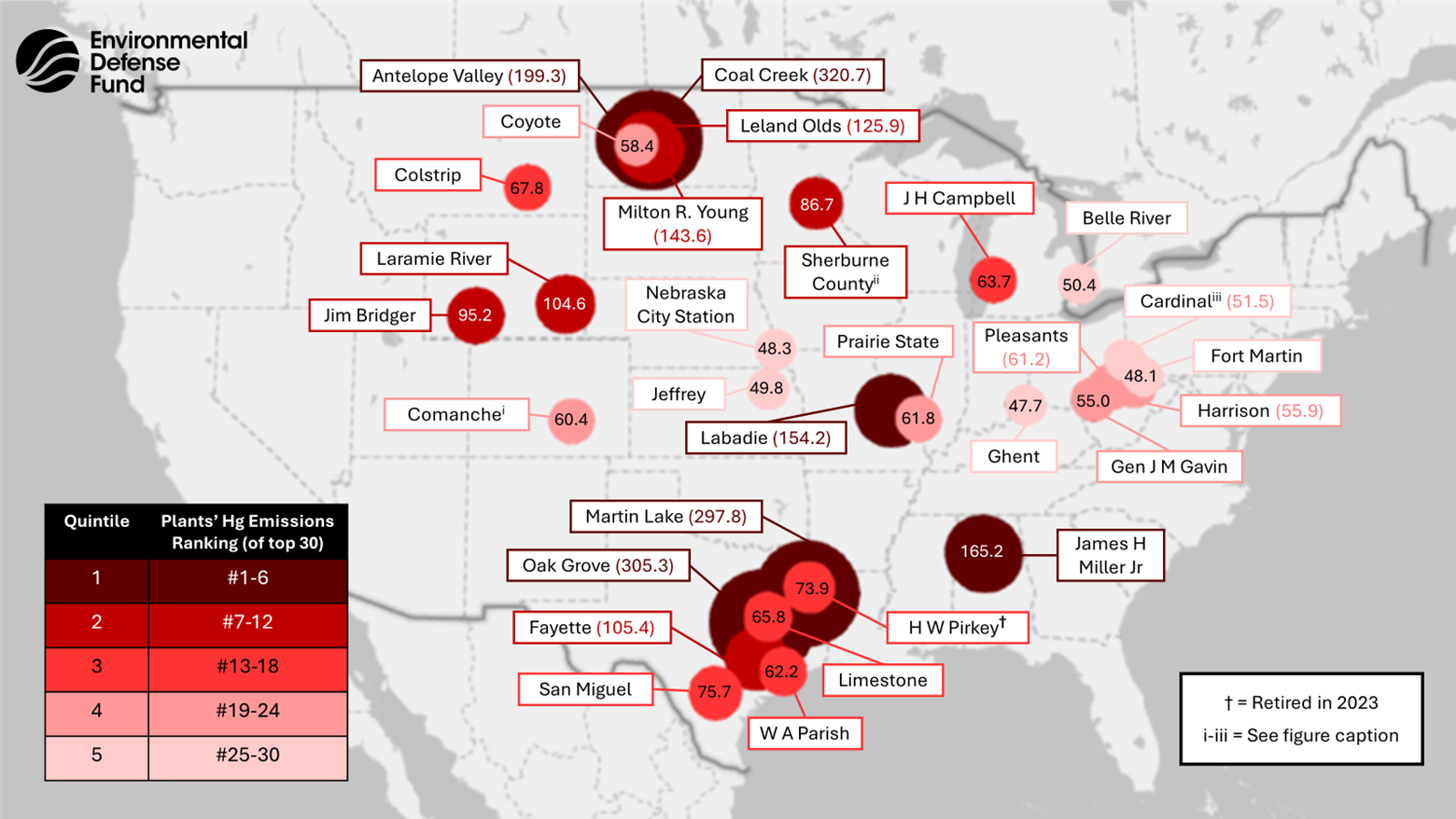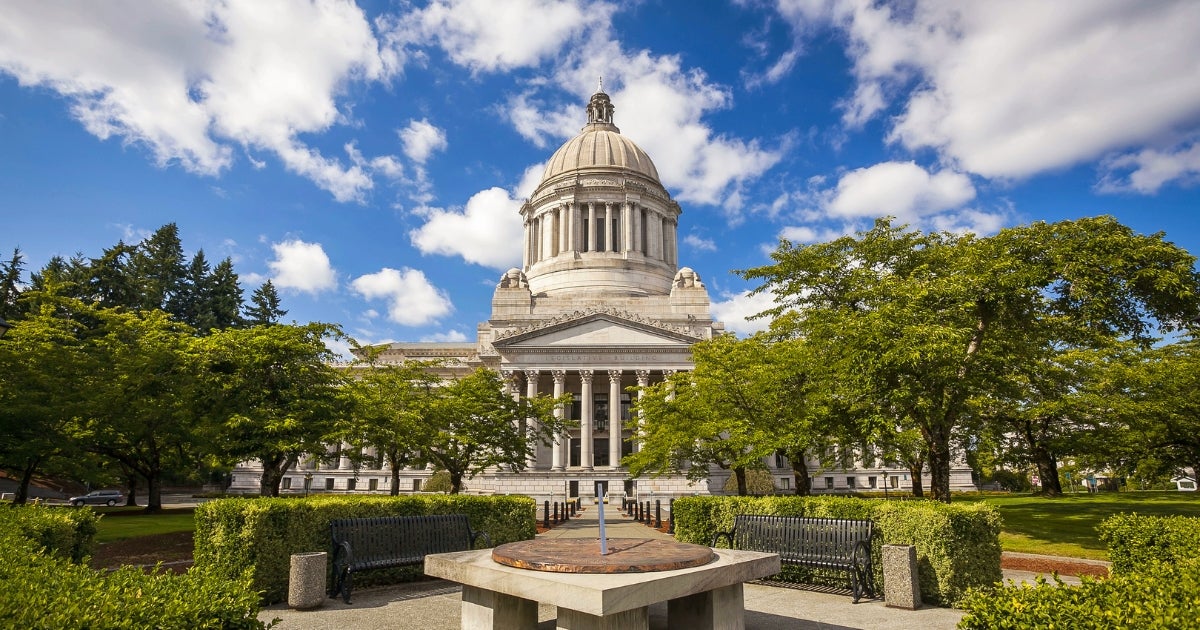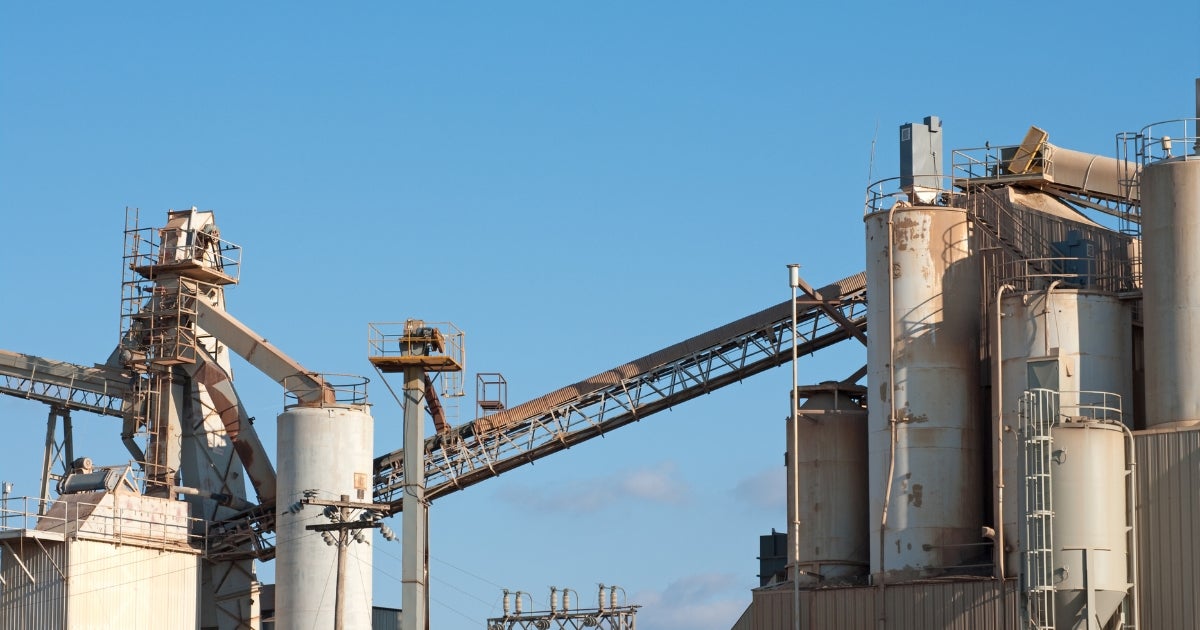Written Q&A with Tepfirah Rushdan, Director of the Detroit Office of Sustainability, on the city’s solar neighborhoods project.

Mayor Mike Duggan and other city officials share information about the selected solar neighborhoods with community members during a January 2025 press conference.
Detroit is modeling how to co-create clean energy solutions with communities by combining urban revitalization efforts with sustainability goals. The Motor City’s climate goals are ambitious: by 2034, Detroit aims to power 100% of its municipal buildings with clean energy and source 50% of its electricity from clean sources in the next three years. Along the way, the city is advancing a range of co-benefits, including improved public health, more energy efficiency and affordability, and quality jobs and opportunities.
As part of this strategy, Detroit‘s Office of Sustainability and Department of Neighborhoods are teaming up to implement the city’s Neighborhood Solar Initiative, which will build solar arrays on vacant land surrounded by communities that benefit from the repurposed space. Five neighborhoods were selected based on resident interest, and a total of 167 acres of land are being fitted with solar fields, raised gardening beds and other landscaping enhancements. Spearheaded by Mayor Mike Duggan and informed by input from thousands of Detroiters, the effort is one of the first steps to achieving the city’s larger climate goals. By providing clean energy and engaging residents and local nonprofits, Solar Neighborhoods will make new use of vacant areas and offer money-saving energy efficiency upgrades for surrounding homes.
I spoke with Tepfirah Rushdan, Detroit’s Director of Sustainability, to learn more about the city’s Solar Neighborhoods, how communities have been involved during every step of the process and her advice for other local leaders looking to build more sustainable futures for their cities. Read More














